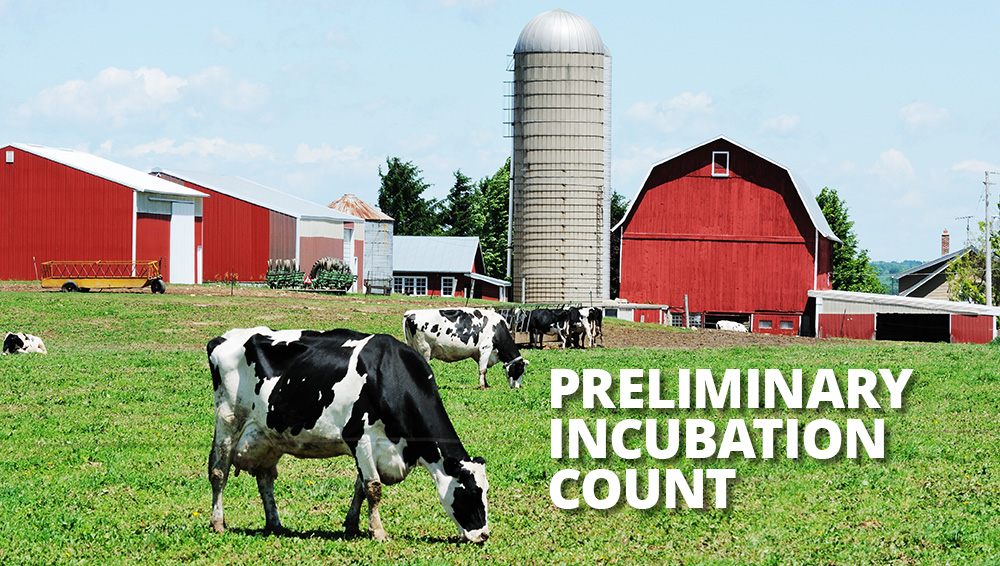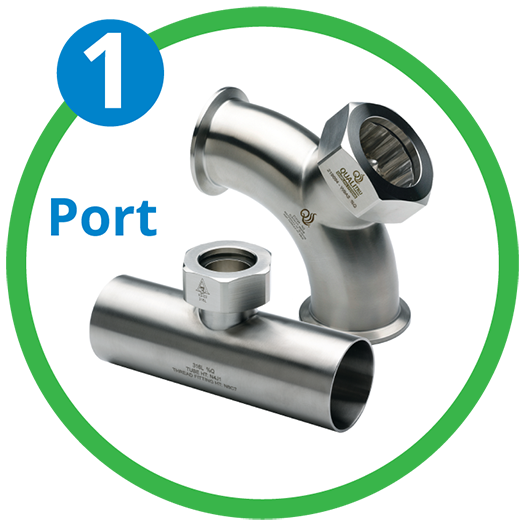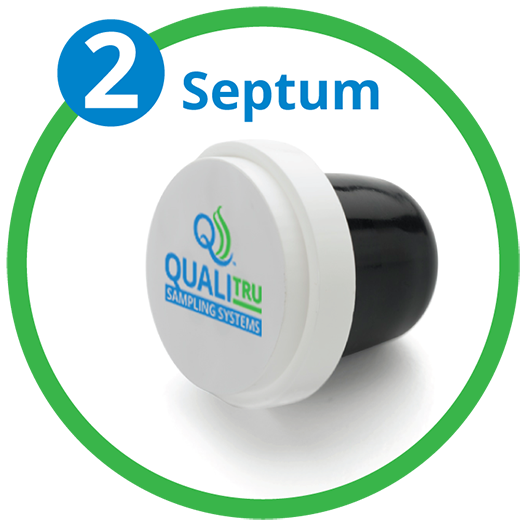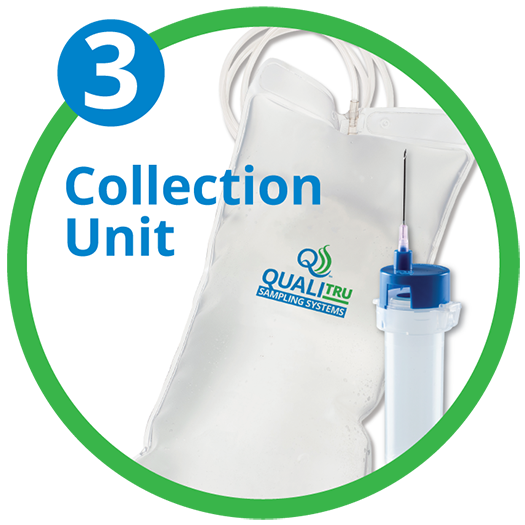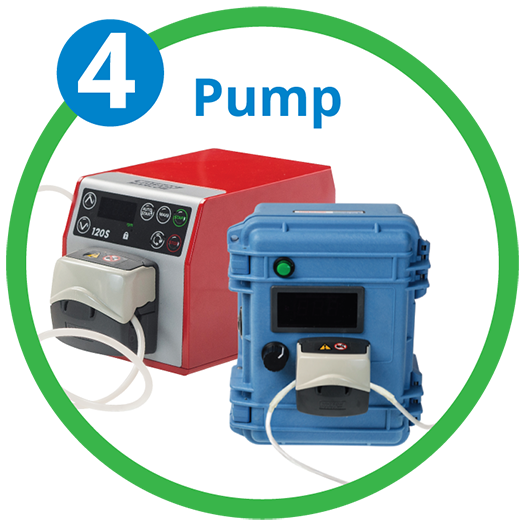Using Preliminary Incubation Count for Measuring Raw Milk Quality
The Preliminary Incubation (PI) Count for measuring the quality of raw milk has become increasingly popular since the production of quality milk is the number one goal of dairy farmers and cooperatives. The PI test is especially sensitive to psychrotrophic bacteria. These particular bacteria can grow at colder temperatures, which is why dairy processors are encouraging farmers to maintain a low PI count.
Quality assurance requires diligence in monitoring raw milk by using inline process sampling and rigorous testing protocols. Standard Plate Count (SPC) measures the overall bacterial quality of raw milk and is used extensively for regulation and premium payment programs. Additional raw milk testing is often done to determine eligibility for premium payments or as an added quality assurance tool.
Why is PI count testing a helpful tool?
According to Cornell University’s Dairy Foods Science Notes 9-28-08 and 06-21-10, one additional helpful test is the Preliminary Incubation (PI) count for raw milk. The PI test can detect inadequate hygiene practices on the dairy farm, which the SPC procedure may miss.
How is the PI test done?
The PI test requires a raw milk sample to be held at 55 degrees F (12.8 degrees C) for 18 hours. The sample is then cultured for SPC. The goal is to detect bacteria that grow during the incubation period. Bacteria in the incubated sample are counted with the SPC procedure and then compared to the SPC of the unincubated sample to determine if a significant increase has occurred.
The bacteria most associated with high PI counts are gram-negative psychrotrophs, which can grow under refrigeration temperatures. These microorganisms are indicative of inadequate hygiene practices.
Utmost care must be taken when collecting and handling samples, as poor procedures may influence the results of the PI test, and the results may reflect poorly on the farm.
What are acceptable levels for PI counts?
Even though PI counts are not used for regulatory reasons, they are indicative of milk production practices and are a measure of raw milk quality that may be used for premium payments.
PI counts are generally higher than SPCs, although in some cases, no growth occurs, or counts may even be lower. Counts three to four times higher are often considered significant, but this depends on the initial SPC.
The 15th edition of Standard Methods (1985), the last edition that included the PI test (most recent is the 17th ed., 2004), suggests a maximum allowable PI count of 200,000 colony forming units per /milliliter. However, some milk handlers use 50,000-100,000/ml counts as their limits; some have used even lower limits.
The Cornell study cautions that PI counts should be interpreted and used cautiously and always be compared to the SPC of a fresh, unincubated sample. PI counts are most useful when part of a testing protocol and accompanied by observations and inspections; experience is essential. Within these parameters, PI count testing may be instrumental in helping improve the overall microbial counts of farm raw milk.
Suggested Bacterial Test Standards for Quality Premiums – Cornell University
| Testing Procedure | Suggested Standard* | Regulatory Standard* |
|---|---|---|
| Standard Plate Count | < 10,000 | < 100,000 |
| Preliminary Incubation Count | 50,000 – 100,000 and/or Significantly > SPC |
none |
* All counts expressed as colony-forming units per milliliter.
What are the potential sources of bacteria when PI counts are high?
Cornell’s guidelines for trouble-shooting high PI counts have focused on most traditional bacteria sources in milk. Mastitis is not considered a likely cause of increases in PI counts over the SPC results, although there may be exceptions. High PI counts suggest that hygiene inadequacies on the farm allow these bacteria to enter the milking equipment and grow somewhere between the milking unit and the bulk tank. General areas that can be the sources of contamination include:
- Cow cleanliness
- Equipment cleanliness/adequate procedures/ design
- Sanitization procedures
- Milk cooling and bulk tank cleanliness
- Water quality/use of untreated water
“High PICs are most often associated with a failure to thoroughly clean and sanitize either the milking system or, in some cases, the cows.” (Source: Cornell Notes, 09-28-08).
How can dairy farms lower PI counts and improve hygiene?
Corrective actions to reduce high PI counts and identify contamination sources within the process should include inline sampling and testing as part of the farm’s overall quality assurance program. In addition, it is critical that sampling techniques and equipment be aseptic for the accurate identification of contamination sources.
Learn more about QualiTru’s representative sampling solutions for dairy farms.
“Your test result is only as accurate as your sample”
Helpful resources on applications for dairy farms
The resources listed below provide in-depth descriptions of dairy farms’ most recommended application sites.
Dairy Farm Traditional Farm Loading Application Sites
Dairy Farm Direct Load Application Sites
QualiTru’s aseptic and representative sampling system with four components
Make better business decisions with a true aseptic and representative sampling system from QualiTru.

